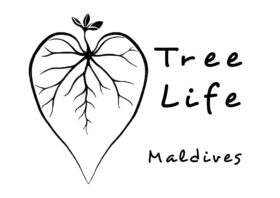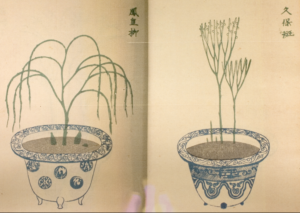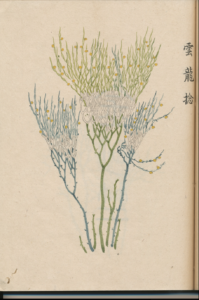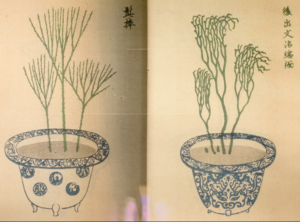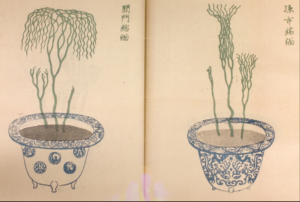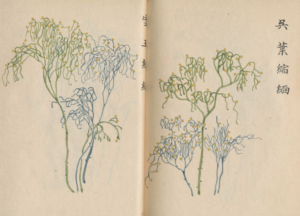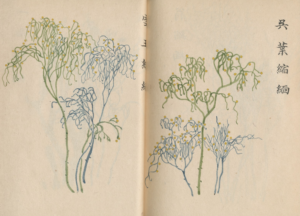Family: Psilotales
Species: Psilotum nudum
English: Skeleton fork fern, Whisk fern
Dhivehi: Rubbudufilaa
As the dhivehi name suggests this plant is found to be growing in dead coconut root stumps, in the deep jungle, sheltered from the harsh sun, under the canopy’s shadow play. Not a lot of us will notice them unless a plant enthusiasts is around.
Whisk fern is unique amongst living vascular plants in its lack of roots and leaves hence the latin name for it ‘bare naked’. For long botanists considered Psilotum to be a ‘fern ally’, a surviving remnant plant of Rhyniophytes, a group of plants that arose during the early Devonian, some 419 to 393 million years ago. The plant fossil of Cooksonia. However, recent molecular evidence places it within the true ferns and suggests a close relationship to the Ophioglossaceae, a family of ferns that includes the curious ferns called moonworts (Botrychium).
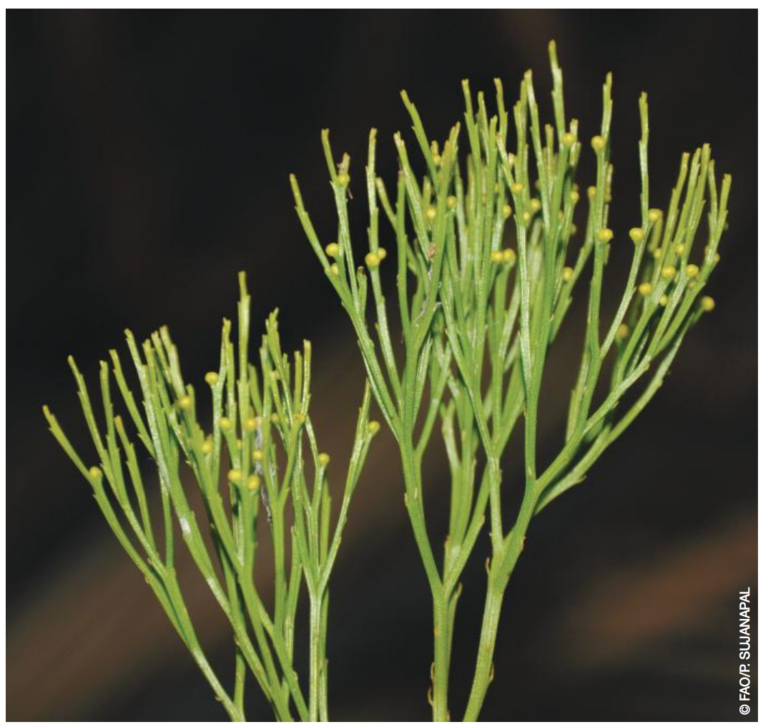
Spotted at B.Dharavandhoo
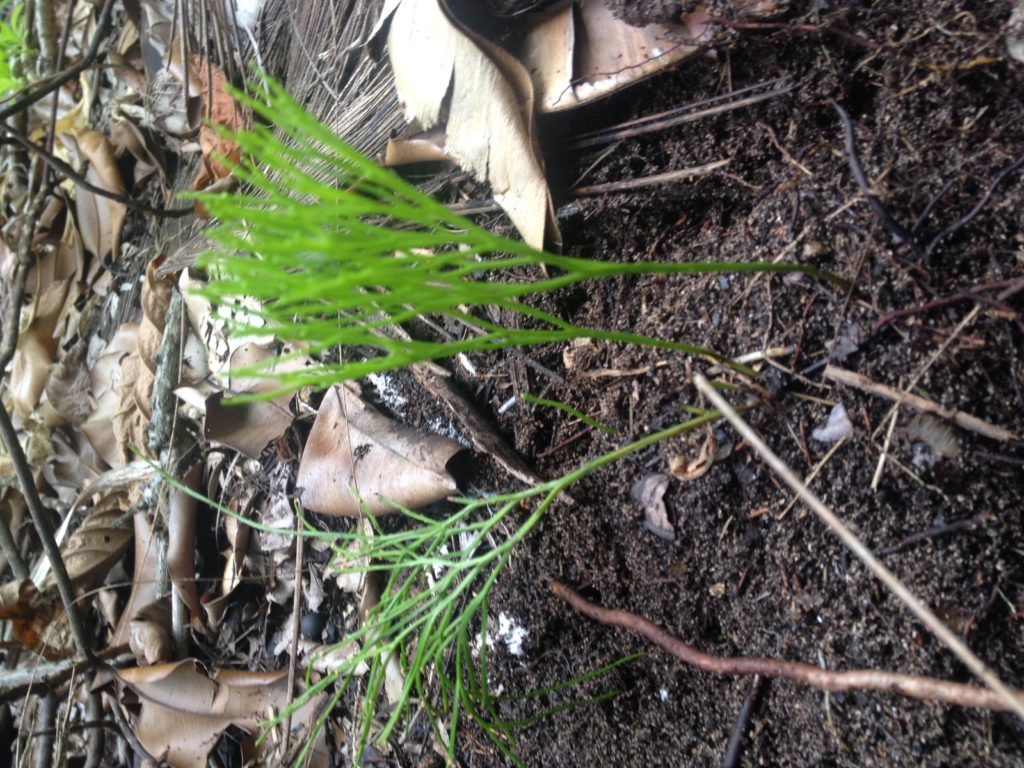
This plant photosynthesizes through green chlorophyll in the aerial stems. Mineral and water absorption is carried out in the rhizomes with the help of mycorrhiza (a type of fungus).The fungus is better at nutrient and water uptake than the Psilotum, and so its symbiotic relationship allows both organisms to exist in dryer environments. The plant has small yellow knobs at the tip of the branch stem which contain the sporangia or spores for reproduction. Reproduction is similar to fungi and algae.
This is a very small group consisting of two genera (Psilotum and Tmesipteris), mostly found in the tropical and subtropical regions growing in rich soil or as epiphytes. In Maldives they are found growing on coconut dead root stumps and around.
Different whisk ferns and horsetails, grows wild in southern Japan. During the Edo peiod (1603-1867)the plant was widely cultivated in Japanese noble gardens as an ornamental plant. Slightly over 100 garden varieties were created and were called matsubaran (“pine needle orchid”) in Japanese.
To find them in nature when you are in the jungle, keep your gaze low, keep a close eye around coconut palm trunks, and underside of the dead trunk. Go during or right after rainy days. It would’nt be too hard to find a specimen in the Maldives islands if you crawl deep into the tropical jungles of the larger islands like H Dh. Kelaa, B. Goidhoo, B.Sonevafushi, K,Kaashidhoo to name a few.
